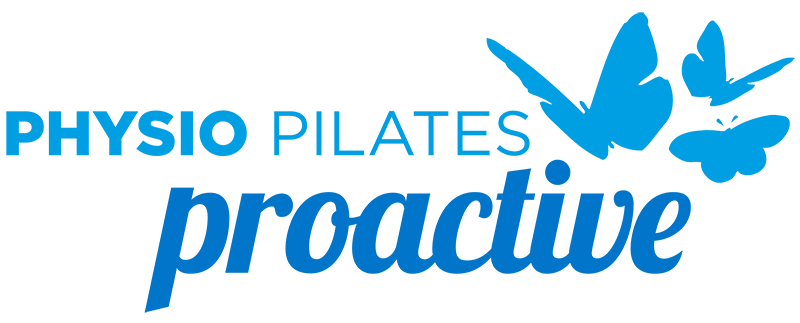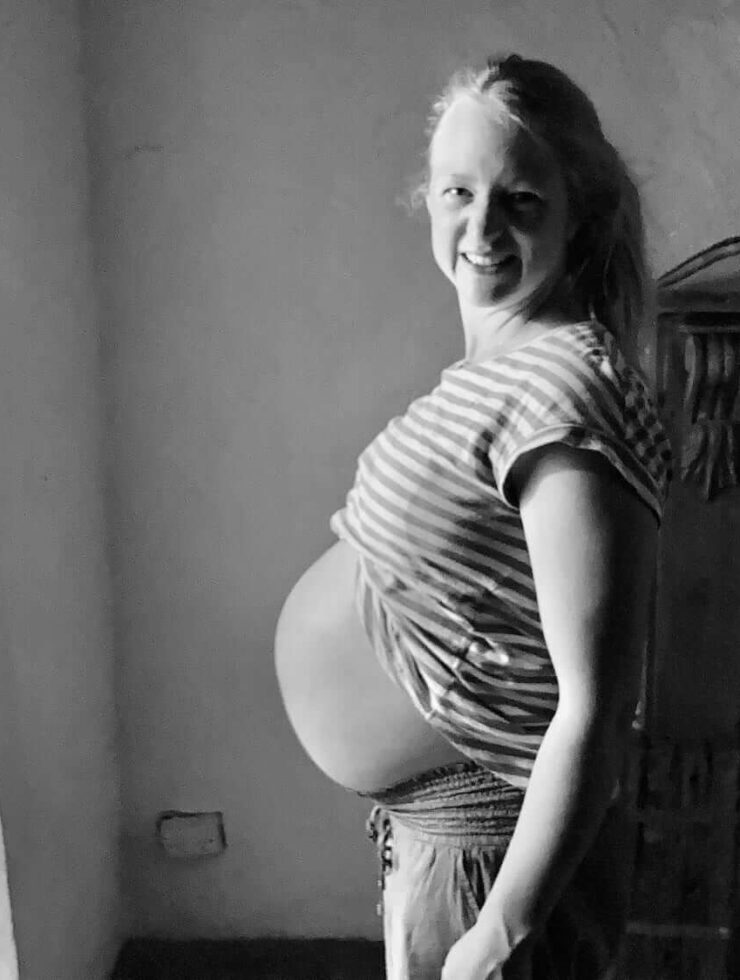Blocked ducts and Mastitis
Blocked ducts often present as a hard lump in the breast tissue that can either be painful or painless. It is possible to have more than one blocked duct at a time.
Mastitis is an infection of the breast tissue which is commonly (but not always) related to having a blocked duct or ducts. It can also occur from bacteria entering the nipple if there is nipple damage or cracks from feeding.
It is not the blockage itself that causes mastitis to occur but rather the build up of milk behind the blockage that enters the breast tissue causing inflammation and infection.
Symptoms of mastitis include:
- Heat and redness in the breast tissue.
- Pain to touch the infected area.
- Flu like symptoms including body aches and fever.
These symptoms can come on very rapidly, therefore if you notice a blocked duct, it is important to try to clear it as soon as possible.
Ways to treat a blocked duct:
- Feed, feed and feed! Making sure to keep feeding your baby regularly to try to clear the blockage and flush out any infection present.
- Vibration to the blocked duct using something like an electric toothbrush or hand held massage tool can be helpful.
- Applying heat just before a feed with a wheatbag or water from a hot shower.
- Massage towards the nipple, especially as you’re feeding. This can be hard to do yourself and Physio can help achieve this– if you can bring your baby to the appointment to feed at the same time, even better!
- Physiotherapy ultrasound therapy to apply a deeper level of heat and massage.
- Lecithin supplements.
As soon as you notice any of the symptoms of a blocked duct and you cannot clear it yourself, physiotherapy treatment can be very helpful to work a bit deeper into the breast tissue to hopefully limit the symptoms and clear the duct.
If you feel very unwell or your symptoms progress it is important to seek an appointment with either your GP or the ER at a hospital as antibiotics may be required to help clear the infection and prevent further complications.




